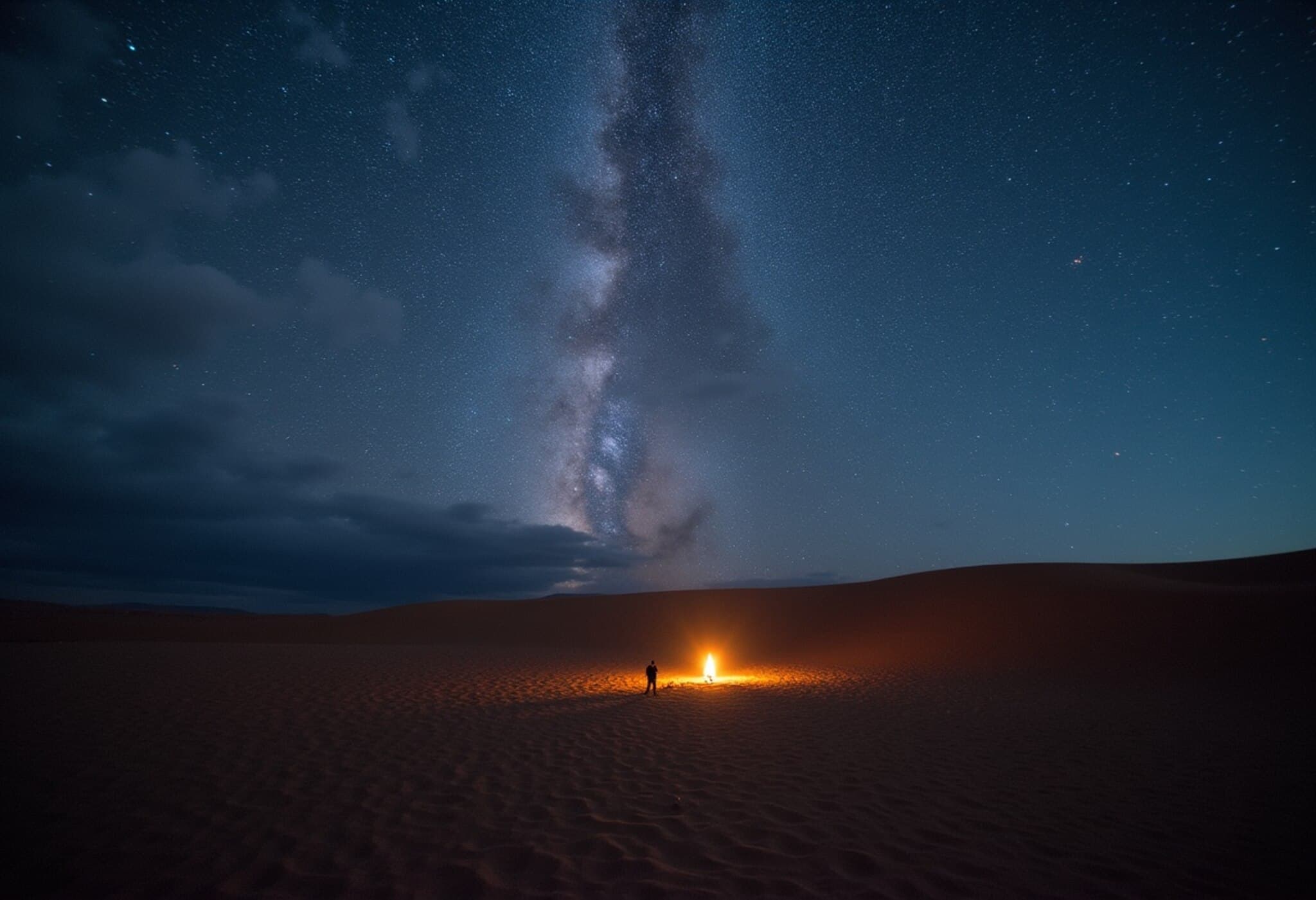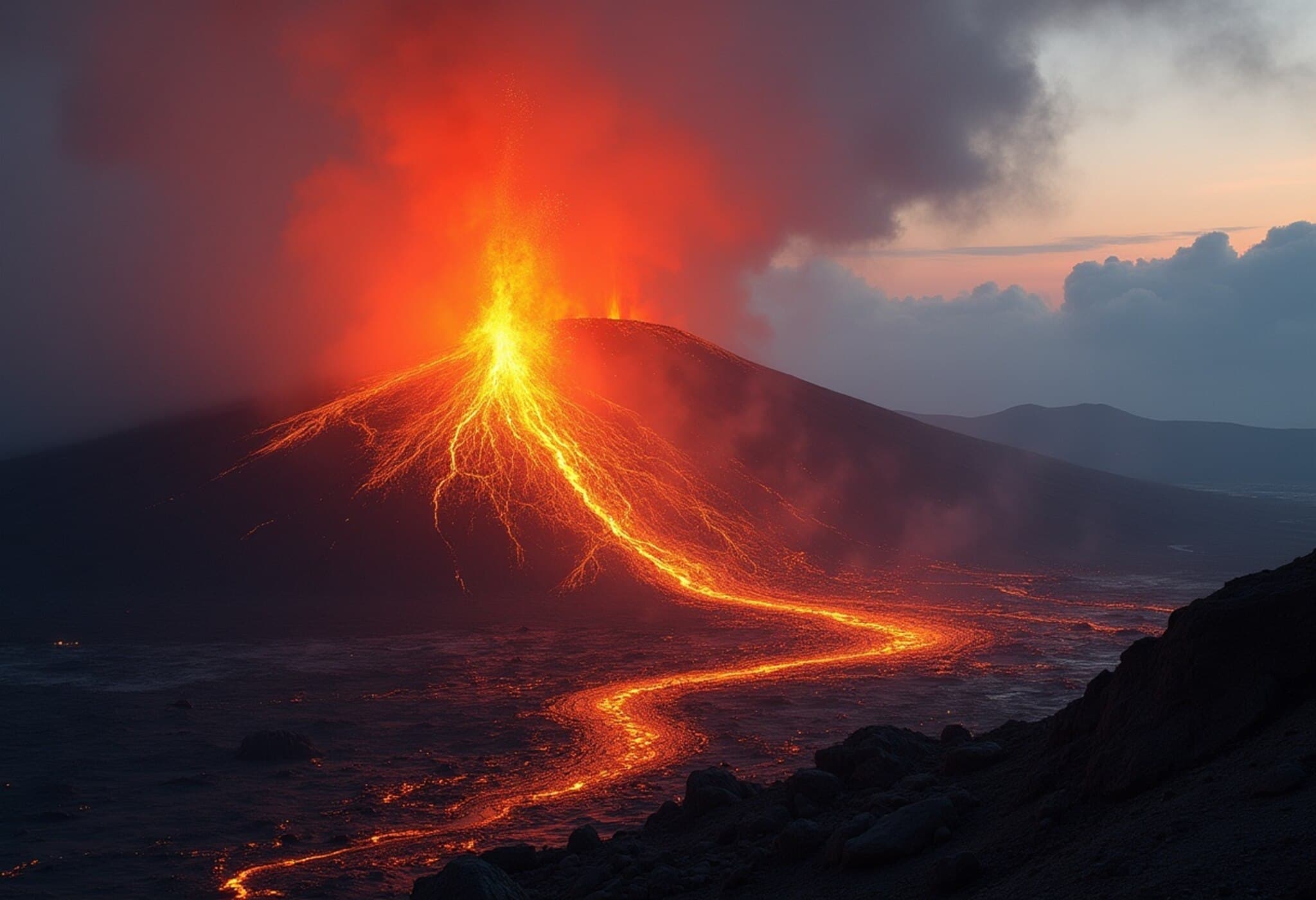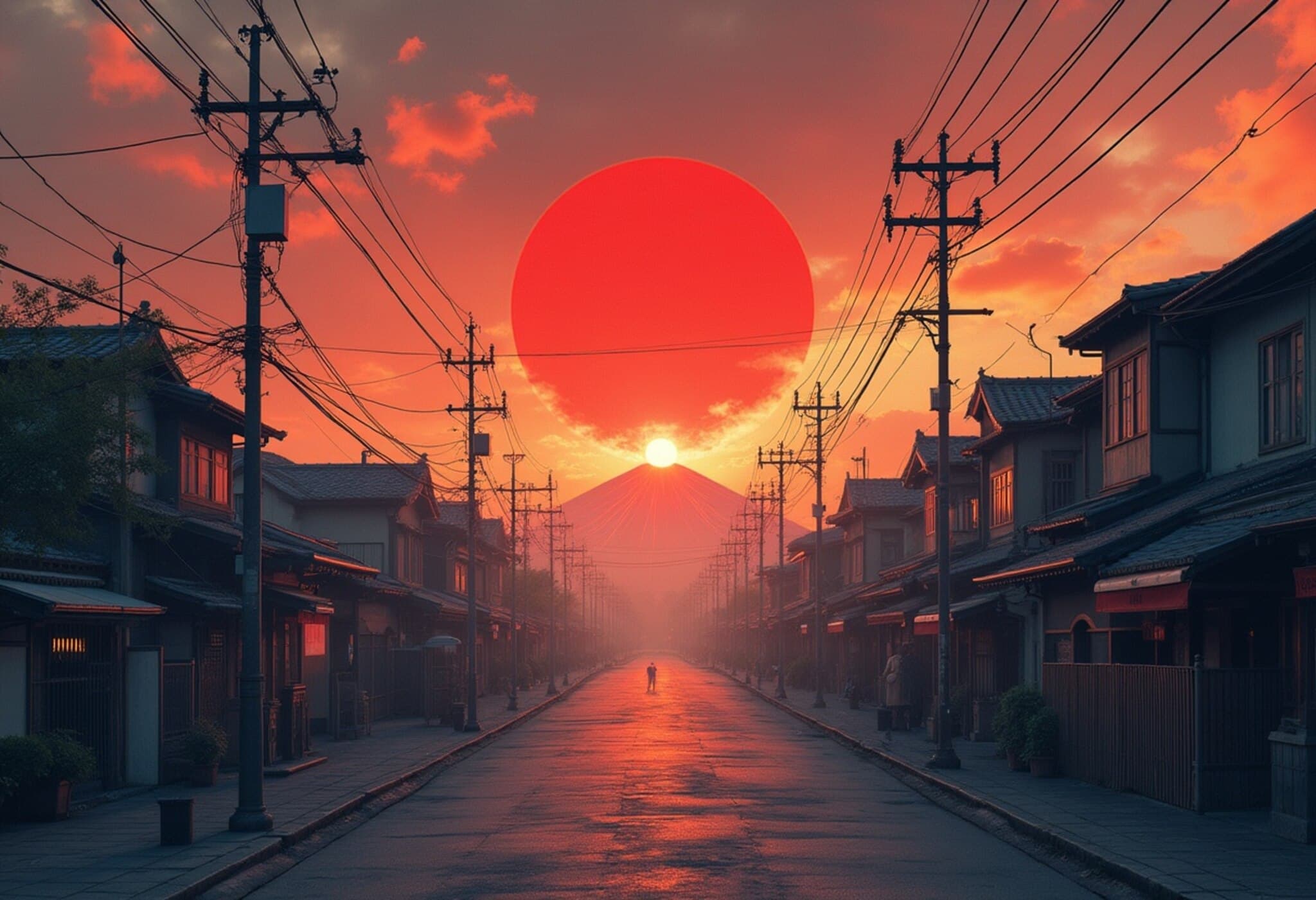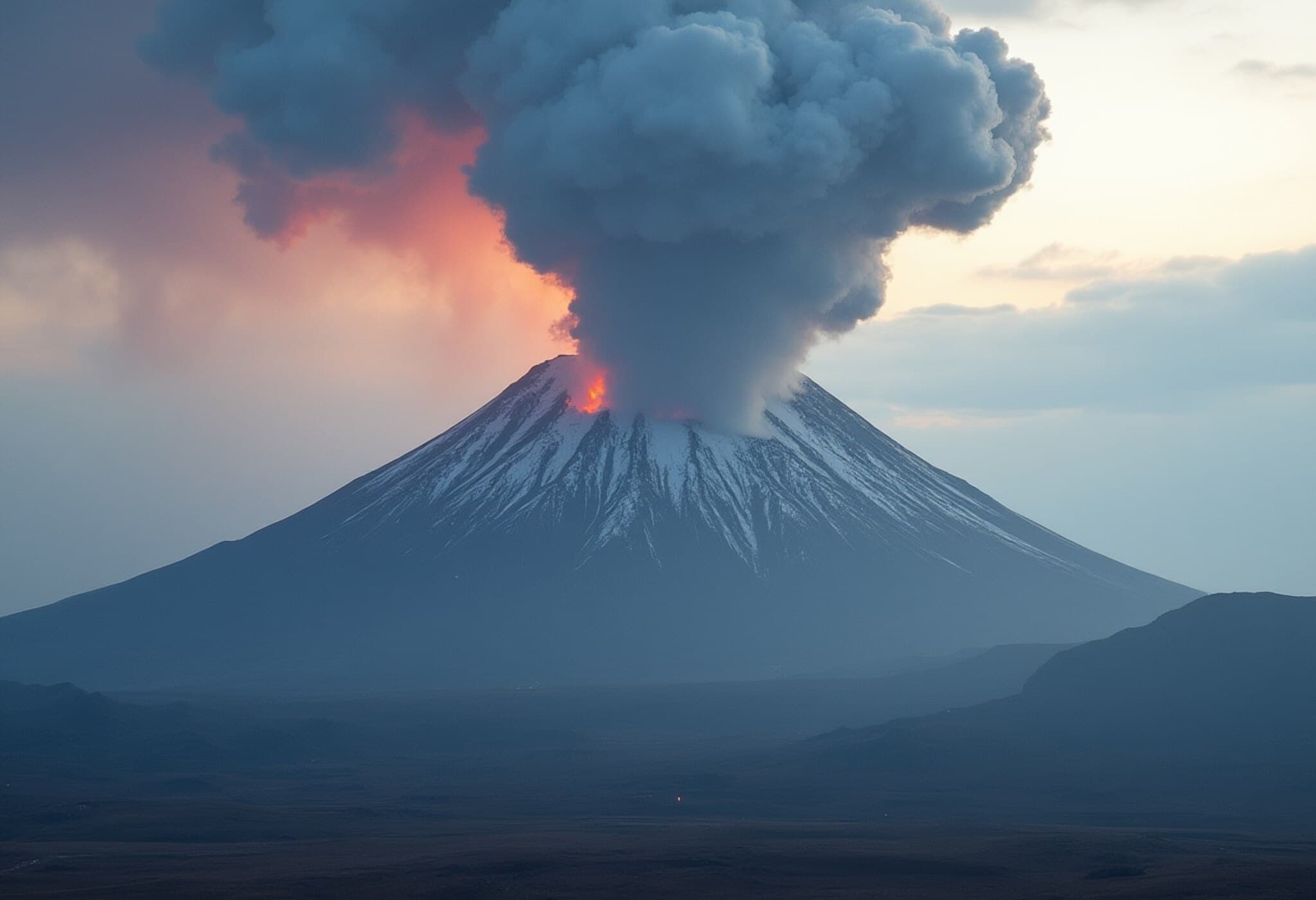Guarding the Final Frontier: The Fight to Preserve Atacama’s Night Skies
When the night descends over Chile’s Atacama Desert, a cosmic tapestry unfolds above its barren expanse, displaying constellations so vivid that indigenous peoples once traced shadowy animal shapes among the stars. Yet, this celestial masterpiece faces an insidious threat: the creeping glow of artificial light from cities, industrial installations, and renewable energy infrastructures nearby.
Meet Eduardo Unda-Sanzana: The Guardian of Chile’s Dark Skies
Eduardo Unda-Sanzana, a passionate astronomer and professor at the University of Antofagasta, has dedicated his career to preserving what many call the darkest and clearest night sky on Earth — a priceless resource for astronomers worldwide. Often working under the soft glow of city lights reflected in his cyan earrings and silver bracelets, Dr. Unda-Sanzana methodically captures the creeping spread of light pollution using specialized fisheye-lensed cameras. His quest is not only scientific but deeply personal.
“Darkness is what makes me see clearer,” he remarks. “It’s the medium through which the universe reveals its most delicate wonders. Like silence brings out the faintest whisper, darkness reveals the faintest stars.”
The Ripple Effect: Why Darkness Matters Beyond Astronomy
While the Atacama’s dark skies are critical for peering into the universe’s secrets, artificial light’s encroachment harms far more than just scientists’ observations. Research highlights significant disruptions caused by light pollution:
- Disturbed human circadian rhythms, harming sleep and cellular regeneration
- Altered migratory and reproductive behaviors in birds and other wildlife
- Ecological imbalances affecting entire ecosystems dependent on natural light cycles
From Academia to Advocacy: Impacting Policy and Recognition
Dr. Unda-Sanzana is not content with passive observation. He actively bridges science and policy, presenting compelling evidence on light pollution before the Chilean Senate and international bodies like the United Nations. His advocacy helped usher in national legislation to regulate artificial light emissions and require environmental impact assessments focused specifically on light pollution risks.
Internationally, his contributions earned celestial recognition—an asteroid between Mars and Jupiter now bears his name, immortalizing his commitment to protecting the night sky.
The Looming Threat: Industrial Expansion vs. Astronomical Heritage
Despite this progress, the Atacama faces renewed challenges. Last December, the announcement of a massive renewable energy project—a hydrogen fuel facility coupled with wind and solar farms—within mere miles of existing world-class observatories has ignited alarm among the global astronomy community.
Itziar de Gregorio of the European Southern Observatory labeled the development “utterly catastrophic,” warning that the facility’s light glow could negate decades of investment and discovery, including instruments that have contributed to three Nobel Prizes.
Over 3,000 scientists worldwide, including Unda-Sanzana, have petitioned Chile’s government to relocate the project, emphasizing that preserving “dark zones” generates invaluable knowledge that transcends immediate economic gain.
Industry’s Response and Environmental Considerations
AES Andes, the company behind the project, maintains that through “thoughtful lighting strategies” and stakeholder collaboration, the facility could set a global example for harmonizing climate action with night sky preservation. Meanwhile, Chile’s Environmental Ministry remains tight-lipped, as official reviews continue.
The Personal Story Behind the Protector of Night
Eduardo’s fierce dedication has roots in resilience. Born in Concepción during Chile’s harsh Pinochet dictatorship, he was raised by a single mother after his father fled to exile. Nurtured by a physics teacher’s encouragement, his early fascination with science was sparked by experiments involving cast-off cathode ray tubes, signaling a destiny entwined with curious gazes upward.
A transformative moment came in 1997 when fieldwork revealed the Milky Way’s dazzling presence—an awe so profound it cemented his path toward astronomy. Following advanced studies in England, he returned to Antofagasta to inject new vitality into a fledgling astronomy department, turning it into a hub for research and advocacy on light pollution.
Why Atacama’s Dark Skies Matter to All of Humanity
The Atacama Desert isn’t just Chile’s pride; it’s a global heritage site for humanity’s quest to understand the cosmos. The Very Large Telescope and the soon-to-be-completed Extremely Large Telescope promise breakthroughs in unraveling the universe’s origins and searching for life beyond Earth.
Yet, Dr. Unda-Sanzana warns that losing these skies equates to losing a bridge between Earth and the stars—an irreplaceable gift that belongs to everyone, not just scientists or a single nation.
Looking Forward: Balancing Progress and Preservation
As renewable energy projects multiply to combat climate change, Chile faces a complex crossroads: How to foster sustainable development while protecting one of the last pristine astronomical frontiers. It demands innovative policy, international cooperation, and a deep respect for nature’s subtle miracles.
Editor’s Note
The story of Eduardo Unda-Sanzana and the Atacama Desert’s night skies is a vivid reminder of the fragility of natural wonders precious to all humanity. As renewable energy ambitions meet celestial conservation, readers are invited to ponder: How do we balance urgent environmental needs with the preservation of irreplaceable scientific and cultural heritage? And, more broadly, are we doing enough to protect our planet’s dark skies before they vanish in a haze of artificial light?












